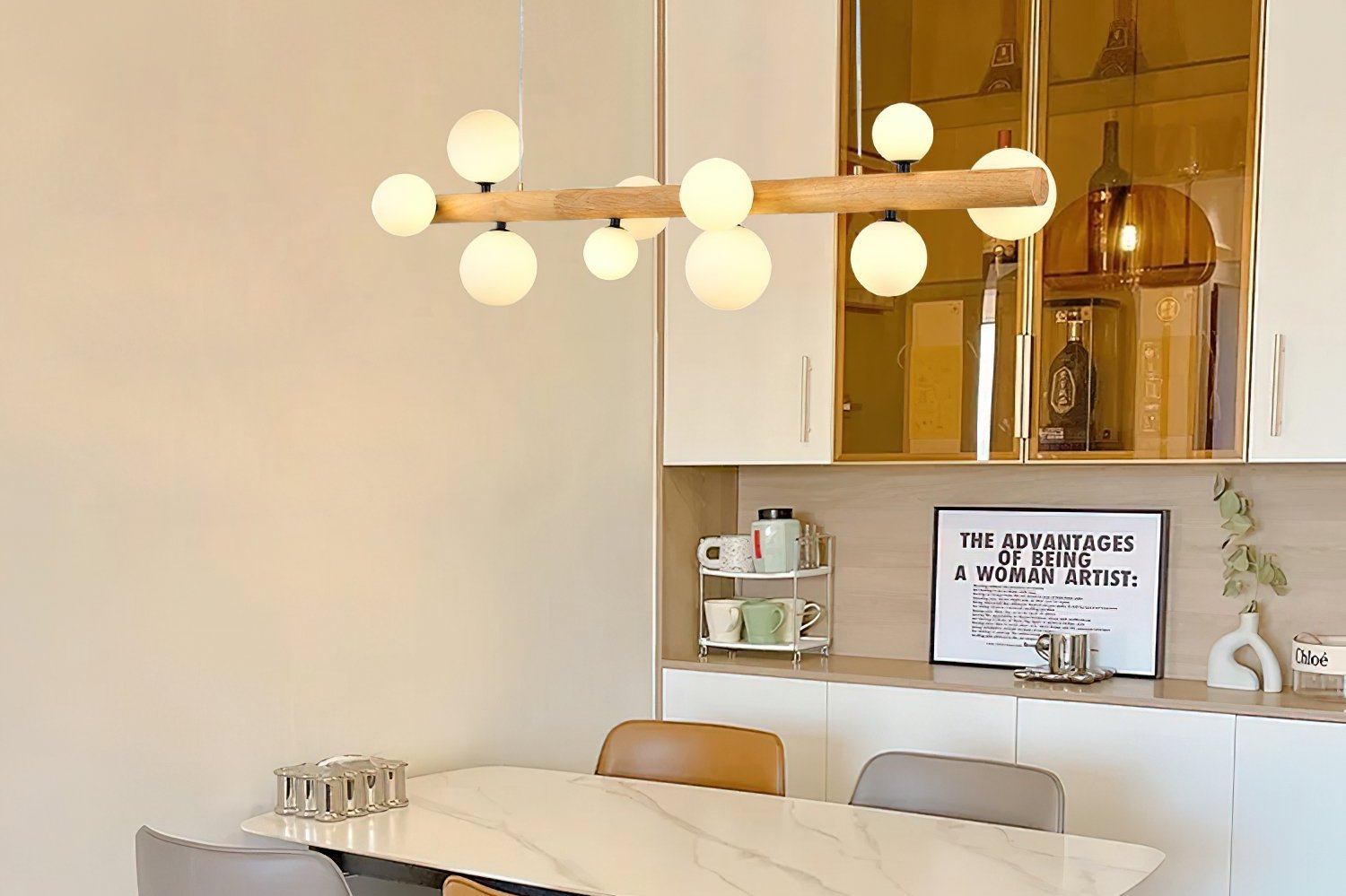The Evolution of Lighting Design
Lighting has evolved dramatically over the years, from incandescent bulbs to modern-day LED lights. The emergence of energy-efficient lighting technologies has not only reduced electricity bills for consumers but has also helped in alleviating the environmental strain caused by greenhouse gases. The future of illumination lies in the emergence of smart lighting systems that have the potential to revolutionize the way we interact with lighting.
Smart Lighting Systems
Smart lights are intelligent lighting systems that can be controlled remotely and have a plethora of features that traditional lighting systems lack. These features include voice control, color changing functionalities, and seamless integration with other smart home devices. Smart lighting systems can also be programmed to turn on and off at set times or when triggered by motion sensors.
Voice Control
Voice-controlled lighting has become increasingly popular over the years. Smart home devices like Amazon Alexa, Google Assistant, and Apple HomeKit have enabled users to control their lighting by issuing voice commands. For instance, you can say “Hey, Google, turn off the lights in the living room,” and the lighting will turn off. Voice-controlled lighting has become a game-changer for disabled people and individuals with mobility issues.
Color Changing Functionalities
Smart lighting systems can change colors, thereby enabling users to customize their lighting and create the perfect ambiance for any occasion. Color-changing capabilities can also help in enhancing productivity and aiding relaxation. For instance, a warm amber color can aid in relaxation, while a cool color like blue can help in increasing productivity.
Seamless Integration with Other Smart Home Devices
Smart lighting systems can seamlessly integrate with other smart home devices, promoting a more efficient and automated upkeep of the house. For instance, the smart lighting system can communicate with the smart lock, and when the lock is opened, the lights in the hallway can be automatically turned on. The integration of these devices promotes a more functional and seamless home experience.
The Benefits of Smart Lighting Systems
Energy Savings
Smart lighting systems are energy-efficient and help in reducing electricity bills. These systems can adjust the brightness levels of the lights and can turn them off when not in use, thereby bringing down energy consumption.
Maintenance
Smart lighting systems require minimal maintenance. With traditional lighting systems, one has to change the bulbs frequently, but smart lighting systems have a long lifespan and can last for several years without the need for replacement.
Security
Smart lighting systems can be integrated with security features, promoting a safer and more secure environment. For instance, motion sensors integrated with the lighting system can turn on the lights when movement is detected, deterring intruders.



